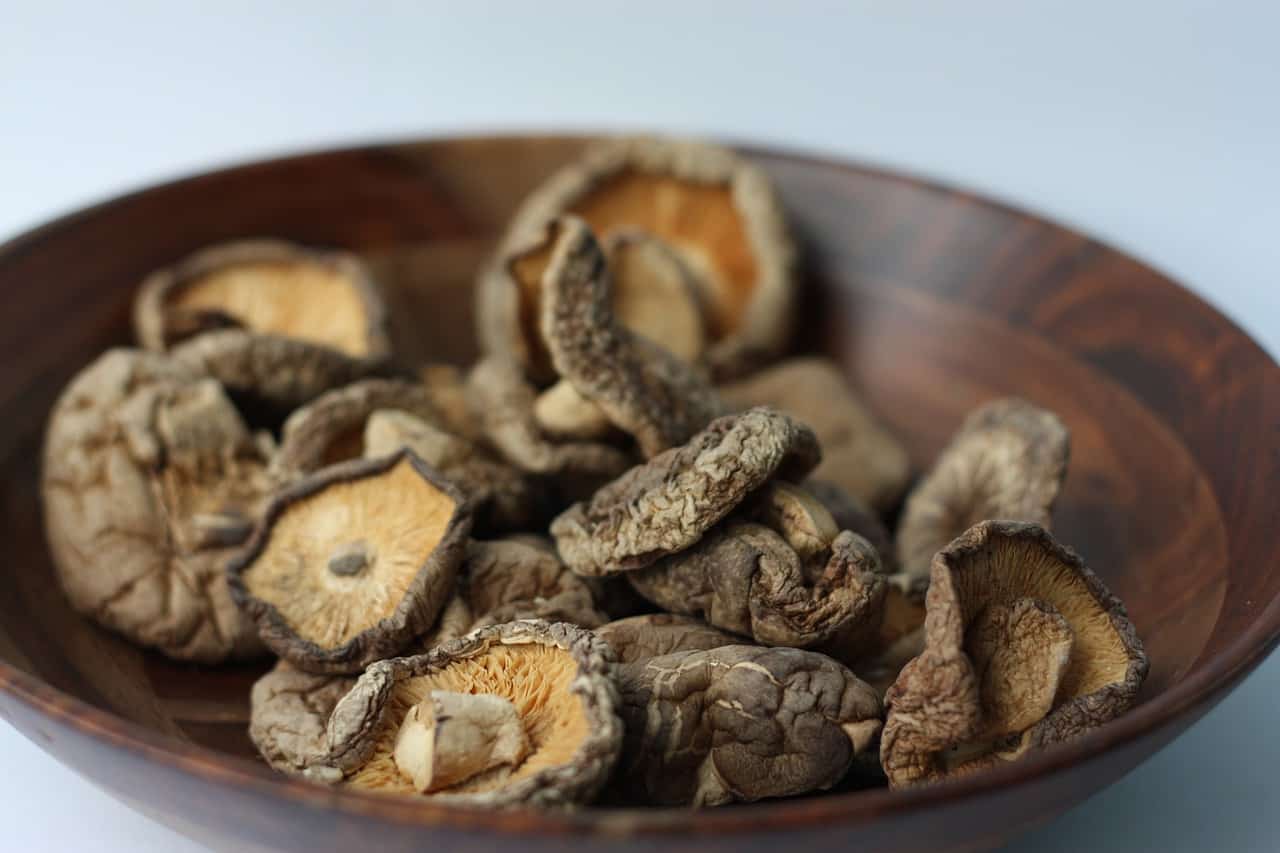
The Top 7 Countries for Psychonauts
Many countries that formerly had very strict psychedelic laws are now relaxing them. This change of heart stems mainly from policy that’s aimed at increasing
Children have an amazing capacity to learn, and their brains seem to absorb information the way a sponge absorbs water. Language is a perfect example, as children are able to pick it up without even trying. A baby only recognises a handful of words, but a 5-year-old child can recognise and use more than 10,000 words. This capacity to learn is called neuroplasticity by scientists, and it was long believed that only children had it.
Positive Psychology gives an excellent neuroplasticity definition, saying it refers “to the brain’s ability to adapt.” It is capable of doing this because the brain has a natural ability to form new connections or reorganise existing connections. Plasticity is used to describe things that can mould themselves or change their shape, and neuroplasticity is the word used to describe how the brain does this when it is exposed to new information or responds to an injury.
The term neuroplasticity was first used by a Polish neurologist in 1948, but it has only entered the mainstream just recently. Scientists used to believe that the brain lost its ability to forge new connections or create new cells with age, but recent research has shown that even octogenarians have malleable brains and can create new neural pathways.
One of the most famous studies into neuroplasticity was published in the scientific journal Hippocampus. Two researchers looked at MRI scans of middle-aged men who drove taxis in London for a living. To get a taxi licence, cabbies have to know every street in London and the quickest route between any two points. The researchers then scanned the brains of bus drivers who followed the same routes every day to see if there were any differences.

The researchers were shocked to discover that the taxi drivers had much larger hippocampi than the bus drivers. They also noticed those taxi drivers who had been on the job for many years had the largest hippocampi of all. This clearly shows that the adult brain can continue to grow as long as it is put in a position where it has to learn new things and adapt to new environments.
The importance of research like this cannot be overstated. It suggests that the brain has far more potential than we once believed, and it may be possible with simple and safe interventions to escape negative thinking, eliminate self-destructive behaviour, conquer procrastination and develop a positive and more balanced outlook on life. It also reveals that the ability to learn and grow that we once believed was lost with childhood may actually stay with us into old age.
When scientists gave lab rats small doses of LSD, they noticed that they did not give up as quickly when placed in situations that gave them no escape and found it easier to forget painful memories. They determined that this was probably because the LSD triggered the release of BDNF, which is a protein the brain uses to grow new cells and create neural pathways. That’s good news for rats, but what about people?
That question was answered in 2020 when Dutch scientists gave 25 people microdoses of LSD to see what would happen to their brains. The scientists gave the second group of volunteers a placebo to eliminate any kind of unconscious bias. Because the LSD dose was far too low to cause a psychedelic high, the two groups did not know if they had received the drug or the placebo. The LSD prompted a surge in BDNF levels in just a few hours, but there was no corresponding rise in the placebo group.
Microdosing stimulates so many different parts of the brain, and expansions of neuroplasticity are just one of the many exciting ways we can benefit from microdosing psychedelics. In fact, people who take crumb-sized doses of LSD have sharper focus, more productivity, improved concentration and better moods and cognitive functioning. Studies with other psychoactive substances like psilocybin mushrooms have yielded similar results. And besides these neuroplasticity examples, another extremely useful skill that microdosing gives is heightened creativity.
Creativity seems to be a skill that is associated mainly with artists and musicians. However, bursts of inspiration are also very helpful for business-minded people. When microdosing promotes neuroplasticity in the brain, it often results in extended creative abilities.
Having a creative or ‘think outside of the box’ approach to things can be exceptionally beneficial when conducting business. A lot of the time, a business-orientated individual will carry the responsibility of orchestrating a team or project, whilst constantly working towards improvement on said team or project. Being creative can also assist in quality problem-solving skills and coming up with new ways to gain growth in a project. Microdosing is well known to help keep those creative juices flowing!
The results of studies like this have generated a great deal of interest in the medical community. Increasing BDNF levels is an accepted treatment for mental health issues like depression and post-traumatic stress syndrome, but the many drugs currently used for this purpose have debilitating side effects. The science suggests that replacing these drugs with microdoses of psychoactive substances like LSD could deliver the same or even better results without the downsides of powerful pharmaceuticals.

Conditions like anxiety, depression and PTSD develop when the brain becomes fixated on negative thoughts or traumatic experiences. Encouraging neuroplasticity helps the brain to break out of this negative spiral and restores cognitive flexibility. There is even evidence that stimulating the brain to grow and create new pathways can prevent or delay the onset of dementia.
Neuroplasticity also helps the brain to repair itself after a traumatic injury. When doctors look at brain scans to determine the severity of TBIs, they often notice that the work done by the injured part of the brain has been reassigned to healthy areas and damaged neural networks have been rebuilt or repaired. One TBI case that attracted widespread media attention was the recovery of former U.S. Congresswoman Gabby Giffords.
Doctors feared that Giffords would never walk or talk again after being shot in the head at close range during an assassination attempt in 2012, but the former lawmaker has made a remarkable recovery thanks to a treatment that encouraged neuroplasticity. One of these approaches was music therapy that helped Giffords to learn to recognise sounds and use a different part of her brain to speak.
Taking LSD and prescription drugs is not the only way to encourage neuroplasticity. Aerobic exercise has long been known to boost BDNF levels, so taking a brisk walk, going for a run or riding a bicycle could do a lot more than improve cardiovascular fitness. Other things you could do to encourage neuroplasticity include:
If you are looking for a safe, simple and inexpensive way to boost your cognitive abilities, you could start with Lion’s Mane Mushroom from Journey. This extract could help you to learn faster, remember more and make you feel happier and more relaxed all day, and it only costs 25 cents per capsule. Journey was the first legal microdosing company in the world, and we are still the leaders in the field.

Many countries that formerly had very strict psychedelic laws are now relaxing them. This change of heart stems mainly from policy that’s aimed at increasing

Without a doubt, the most popular medicinal use of mushrooms since the 1960s has been the consumption of psychedelic mushrooms by psychonauts determined to ‘expand

If you take a step back and look at the relationship you have with your mind, what would you see? Do you enjoy being inside

What is ‘creativity’? Creativity, by definition, is: ‘the use of imagination and/or original ideas with the motive to create something. Essentially, being creative is inventing

Although the brain remains the most mysterious organ in the body, our knowledge of the brains functions is growing rapidly. The brain’s functions have

While most of history recalls Vikings as terrifying, aggressive, battle-hardened warriors, recent research has uncovered some interesting possibilities. Possibilities that, if true, confirm the belief
GET 10% DISCOUNT WITH NOTIFIED ABOUT THE LATEST NEWS AND UPDATES. NO SPAM, WE PROMISE!
FREE Tracked shipping on orders over €250 to EU countries.
Monday- Friday 8.30am- 5pm (CET)
A range of options available
Guaranteed delivery or your money back